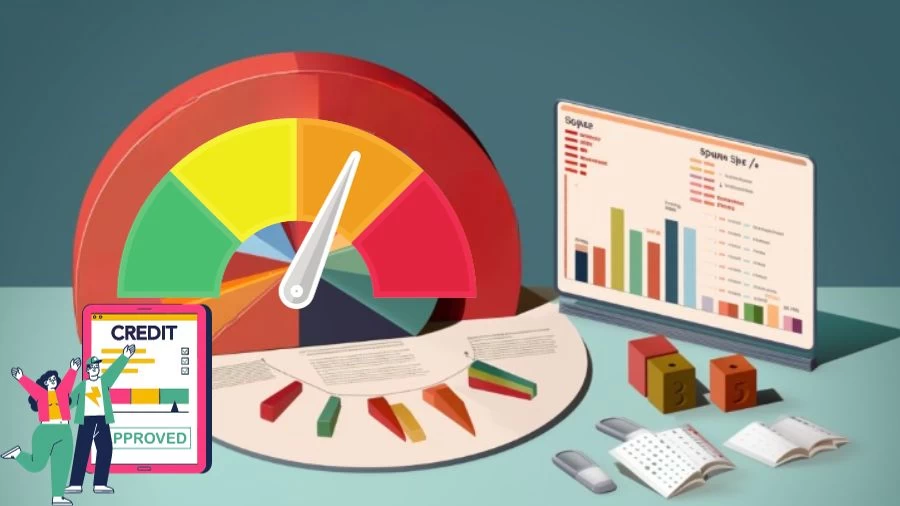
Is 30 APR Good or Bad?
A 30% APR is bad, signifying high borrowing costs and financial challenges, while lower APRs around 20% are better for managing debts and ensuring financial stability.
by Sai V
Updated Oct 26, 2023
On This Page
Is 30 APR Good or Bad?
A 30% APR (Annual Percentage Rate) is considered bad when it comes to credit cards. It indicates high borrowing costs and can lead to substantial interest charges, making it challenging for individuals to manage their finances and pay off their debts efficiently. Seeking credit cards with lower APRs, ideally closer to the national average of 20%, is generally a good financial decision. Lower APRs can help individuals save on interest expenses, allowing for better debt management and financial stability.
What is APR?
APR (Annual Percentage Rate) signifies the annual interest rate charged on loans or earned from investments. Presented as a percentage, it includes all transaction fees. Lenders must disclose APR before agreements, aiding consumers in comparing financial options. Despite its usefulness, APR doesn't always precisely reflect the total borrowing cost due to lender-specific calculations and excludes compound interest.




